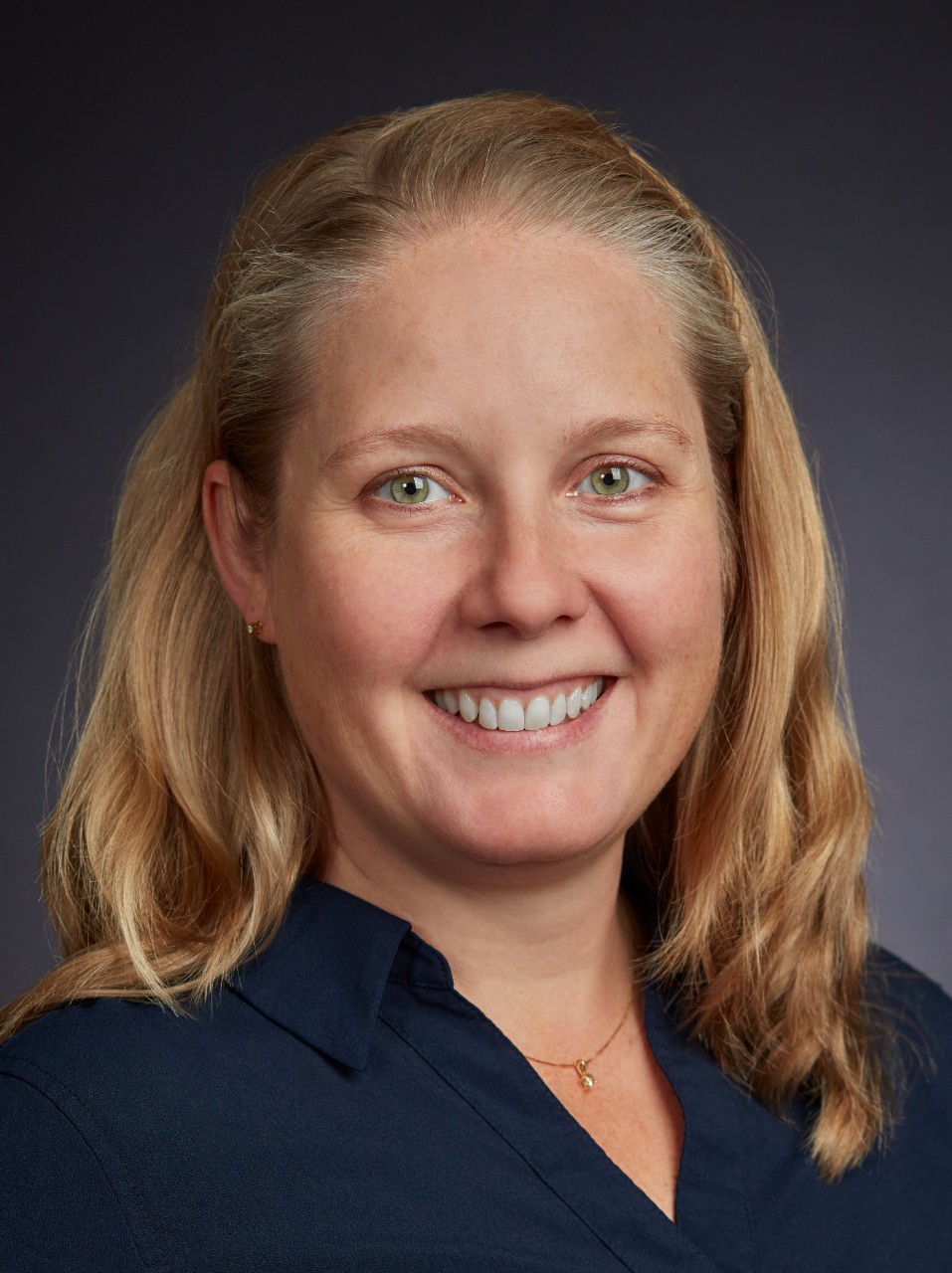COVID-19 Resources
COVID-19 Projects
OCRID investigators from around the state have truly risen to the new challenges presented by the ever changing pandemic and have delved into research regarding the novel coronavirus, SARS-CoV-2.
OCRID Funded Research Projects
- Inflammatory Monocyte-macrophages in age-related susceptibility to SARS-CoV-2 infection
Project Leader:
Rudra Channappanavar, Ph.D. D.V.M.

Department of Veterinary Pathobiology,
College of Veterinary Medicine,
Oklahoma State University
Project Summary:Emerging human coronaviruses (hCoVs) such as SARS-CoV, MERS-CoV, and SARS-CoV-2 pose a significant challenge to global public health. hCoVs successfully evade host immunity, replicate to high titers, causing ‘cytokine storm’, acute lung injury (ALI), acute respiratory distress syndrome (ARDS), and fatal pneumonia. Aged individuals are highly susceptible to SARS, MERS, COVID19, with case fatality rate ranging from 35-80%. However, the specific virus and host factor/s that promote severe pneumonia in the elderly are not known. Recent studies highlight a key role for monocyte-macrophage mediated ‘inflammaging’ and ‘dysregulated inflammation’ in severe disease. Similar to disease in humans, CoVs cause lethal disease in aged mice. Our results show that inflammatory monocyte-acrophages (IMMs) facilitate lethal lung inflammation and impair T cell response causing fatal pneumonia during hCoV infection. Importantly, our preliminary results show a significant increase in IMMs in naive and hCoV infected aged mice. Therefore, we hypothesize that age-related enhanced IMM activity promotes excessive inflammation and cytokine storm leading to severe hCoV pneumonia in the elderly. In this project, we will demonstrate the role of IMMs in causing age-related excessive lung inflammation and severe disease during SARS-CoV-2 infection and elucidate the basis for IMM mediated robust inflammation (Aim1). Further, we will evaluate the role and the basis for IMMs-mediated suppression of T and B cell response to SARS-CoV-2 infection during aging (Aim2). This project will establish the mechanistic basis for severe disease caused by SARS-CoV- in the elderly, and identify better anti-inflammatory therapeutics to protect the elderly from hCoV induced lethal inflammation.
- Validation of a naturally-occurring animal model for SARS-CoV-2 infection
Project Leader:
Department of Veterinary Pathobiology,

College of Veterinary Medicine,
Oklahoma State University
Project Summary:
Coronavirus Disease 2019 (COVID-19) is a global pandemic that has caused more than 217,769 deaths worldwide. There are currently no approved therapies or vaccines to prevent infection with the causative virus (SARS-CoV-2), and supportive therapy is frequently inadequate to prevent respiratory failure and death. Preliminary studies have identified cellular immune discrepancies and hyperinflammation during COVID-19, yet implications of treating during immune dysfunction is unknown, nor possible to study in humans due to a lack of untreated controls. These gaps in our knowledge underscore the critical need for an animal model to evaluate pathogenesis and develop effective treatment and prevention strategies during natural infection. Current animals models (transgenic hACE2 mice and non-human primates) do not efficiently replicate lesions (mice) or are costly to develop, scarce in availability, and exhibit marked variation in clinical response (NHPs). Domestic cats, however, appear highly susceptible to COVID-19, display definitive lesions, and transmit virus to other naïve cats. Cats also produce neutralizing antibodies in response to infection and shed SARS-CoV-2 in feces. The overall objective of this project is to validate mechanisms of viral fitness and immunopathogenesis during SARS-CoV-2 infection in domestic cats to establish baselines for downstream translational studies. Aim 1 will evaluate in vivo infection kinetics and catalog progression of viral-mediated lesions. Aim 2 will identify factors of immune dysfunction that contribute to COVID-19 progression. The broad applicability of this model system can be easily expanded to suit a wide variety of research goals including the development and testing of novel vaccine candidates.
- Pathogenesis of SARS-CoV-2 and Klebsiella pneumoniae coinfection
Pilot Project Leader:
Department of Physiological Sciences,

College of Veterinary Medicine,
Oklahoma State University
Project Summary:Sever acute respiratory syndrome cronavirus 2 (SARS-CoV-2) infections are associated with coinfections by other bacterial, fungal, and viral pthogens in COVID-19 patients. There are multiple pathologic changes in the respiratory system including damage to the upper and lower respiratory tract epithelium, reduced surfactant production, and pulmonary edema. These changes reduce the mucociliary clearance which in turn allows easy attachment and colonization of bateria and other microbes. The coinfections determine therapeutic measures and clincal outcomes in COVID-19 patients. Our project aims to understand how these coinfections particularly by Klebsiella pneumoniae affects immune response, develop a mouse model and identify biomarkers that can be utilized for therapeutic intervention.
- A Screening Platform for Pan-Coronavirus Assembly Modulators
Pilot Project Leader:
Department of Chemistry and
 Biochemistry,
Biochemistry,College of Arts and Sciences,
The University of Oklahoma - Norman
Project Summary:The current SARS Coronavirus pandemic has brought a long-standing need to develop anti-viral therapeutics to the forefront of attention. Immediate efforts are focusing on immune modulation and vaccine development based on the spike, or S, glycoprotein. However, even with vaccination, some people will fail to be protected and require a viable therapeutic option. Other therapeutic strategies are focused on inhibition of viral enzymes, which imparts selective pressures that could drive mutations. To address issues with long term immunity and provide additional (non-enzymatic) therapeutic options, the current proposal draws from established successful ideas from
other anti-viral strategies to develop a new platform for a novel beta- coronavirus therapeutic target: viral assembly modulation.This proposal seeks to take advantage of the PI’s expertise in biochemistry and previous experience in a similar anti-viral approach. The objective is to build screening platforms focused on identifying modulators of the membrane (M) and N protein self- and cross- interactions that are essential for CoV assembly. These proteins display conservation in interactions among beta-Coronaviruses, making this target likely applicable across outbreaks. This validated platform will provide a means to assess readily available commercial compound libraries for protein-protein interaction modulators. It is expected that identified compounds can be progressed through medicinal chemistry approaches to optimize cell-based activity.
Resources
OCRID Molecular Biology Core
Contact: MBC director, Dr. Lin Liu (lin.liu@okstate.edu)
Cell models: HEK293T-hACE2, A549-hACE2, and Vero E6
Human lung tissue model: Lung organoids
Viruses: SARS-CoV-2 variants, SARS-CoV-2 pseudovirus, adenovirus expressing human ACE2, and
more.
Publications
Feng Y, Marchal T, Sperry T, Yi H. Influence of wind and relative humidity on the social distancing effectiveness to prevent COVID-19 airborne transmission: A numerical study. J Aerosol Sci. 2020 Sep;147:105585. doi: 10.1016/j.jaerosci.2020.105585. Epub 2020 May 18. PMID: 32427227; PMCID: PMC7233256.
More S, Narayanan S, Patil G, Ghosh P, Pushparaj S, Cooper E, Ritchey J, Cheruvu VK, Kaul A, Ramachandran A. Pooling of Nasopharyngeal Swab Samples To Overcome a Global Shortage of Real-Time Reverse Transcription-PCR COVID-19 Test Kits. J Clin Microbiol. 2021 Mar 19;59(4):e01295-20. doi: 10.1128/JCM.01295-20. PMID: 33500363; PMCID: PMC8092752.
Narasaraju T. Histopathologic Changes and SARS-CoV-2 Immunostaining in the Lung of a Patient With COVID-19. Ann Intern Med. 2020 Aug 18;173(4):323-324. doi: 10.7326/L20-0894. PMID: 32805179.
Narasaraju T, Tang BM, Herrmann M, Muller S, Chow VTK, Radic M. Neutrophilia and NETopathy as Key Pathologic Drivers of Progressive Lung Impairment in Patients With COVID-19. Front Pharmacol. 2020 Jun 5;11:870. doi: 10.3389/fphar.2020.00870. PMID: 32581816; PMCID: PMC7291833.
Narayanan S, Ritchey JC, Patil G, Narasaraju T, More S, Malayer J, Saliki J, Kaul A, Agarwal PK, Ramachandran A. SARS-CoV-2 Genomes From Oklahoma, United States. Front Genet. 2021 Feb 3;11:612571. doi: 10.3389/fgene.2020.612571. PMID: 33613621; PMCID: PMC7886813.
Schlick T, Sundberg EJ, Schroeder SJ, Babu MM. Biophysicists' outstanding response to Covid-19. Biophys J. 2021 Mar 16;120(6):E1-E2. doi: 10.1016/j.bpj.2021.02.020. Epub 2021 Mar 4. PMID: 33689685; PMCID: PMC7931721.
McGuire MK, Seppo A, Goga A, Buonsenso D, Collado MC, Donovan SM, Müller JA, Ofman G, Monroy-Valle M, O'Connor DL, Pace RM, Van de Perre P. Best Practices for Human Milk Collection for COVID-19 Research. Breastfeed Med. 2021 Jan;16(1):29-38. doi: 10.1089/bfm.2020.0296. Epub 2020 Dec 30. PMID: 33393841; PMCID: PMC7826442.
